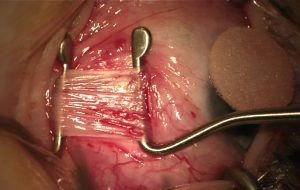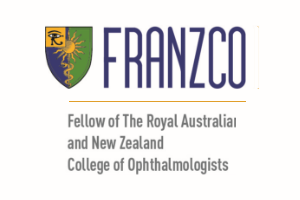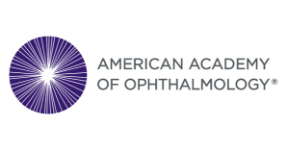Eye Muscle Surgery
Strabismus (squint) is a misalignment of the visual axes of the two eyes. It is a common disorder in children and adults. A complete assessment can be performed in specialised ophthalmology clinics.
Eye muscle surgery can be performed for functional or reconstructive purposes.

Functional indications are binocular vision in children and to alleviate double vision in adults.
Restoring normal appearance is reconstructive surgery and not considered to be ‘cosmetic’. Improved eye alignment through strabismus surgery can reduce alienation and bullying in school-age children. In adults, strabismus surgery can improve social interactions and employability. Surgery is not a final or last resort treatment option for strabismus. In many cases, it may be the best or only suitable option.
Eye muscle surgery is a day procedure and routinely performed under general anaesthesia in both children and adults. Some patients may be better suited to local anaesthesia. Surgery may be performed on one or both eyes depending on the underlying diagnosis and pattern of eye movements.
Extraocular muscles can be weakened, strengthened or moved to a different position, and secured to the globe using absorbable sutures.
Newer techniques include minimally invasive fornix incisions, muscle plication to preserve anterior ciliary arteries and performing surgery under topical anaesthesia with intraoperative adjustment.

Eye muscle surgery using minimally invasive fornix incision to avoid the need for conjunctival sutures. The cornea can be seen to the right (covered by a cellulose sponge to avoid desiccation during surgery). The right medial rectus muscle tendon is isolated using two strabismus hooks, ready for a plication (strengthening procedure). Two large anterior ciliary arteries can be seen along the muscle; the plication technique preserves this arterial supply. [Dr Parth Shah].
Blogs related to eye muscle surgery
Strabismus in Children: Early Detection and Treatment for Healthy Vision
Strabismus, commonly known as “crossed eyes” or “squint”, is a condition that affects the alignment of a child’s eyes. In this condition, the eyes do …
Strabismus (squint) – A Common Eye Condition and suggested treatment
What is strabismus (squint)? Strabismus (also known as squint) is a common eye problem in children and adults. It refers to a misalignment of the …
New technique for eye muscle surgery
When a patient has an eye misalignment that has both horizontal and vertical components, complex and careful surgical planning is necessary. Transposition (offset) of horizontal eye …







